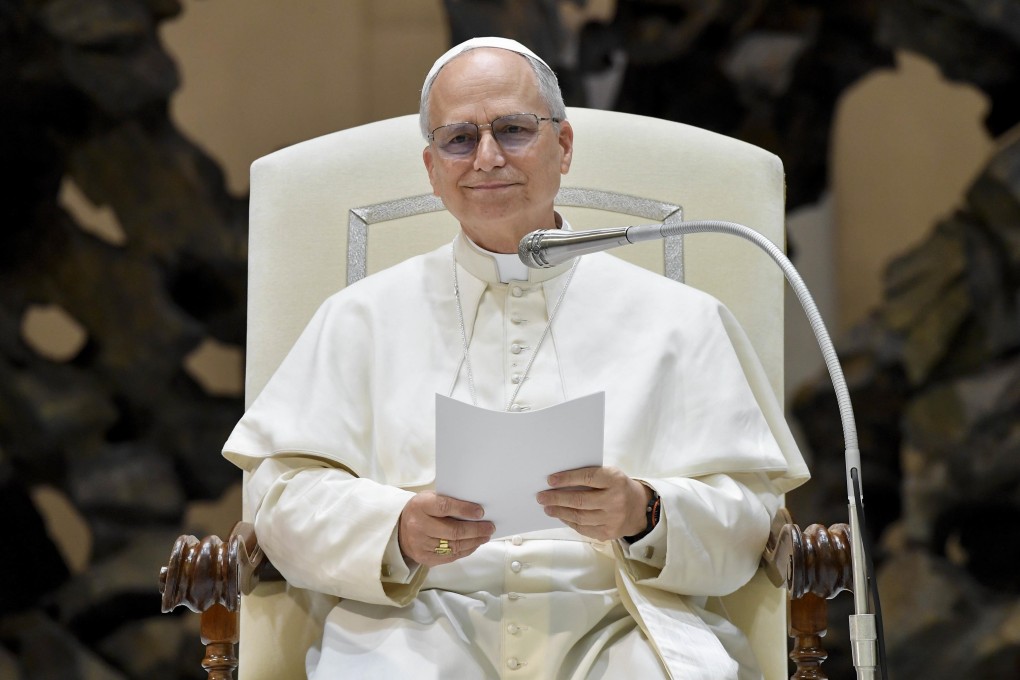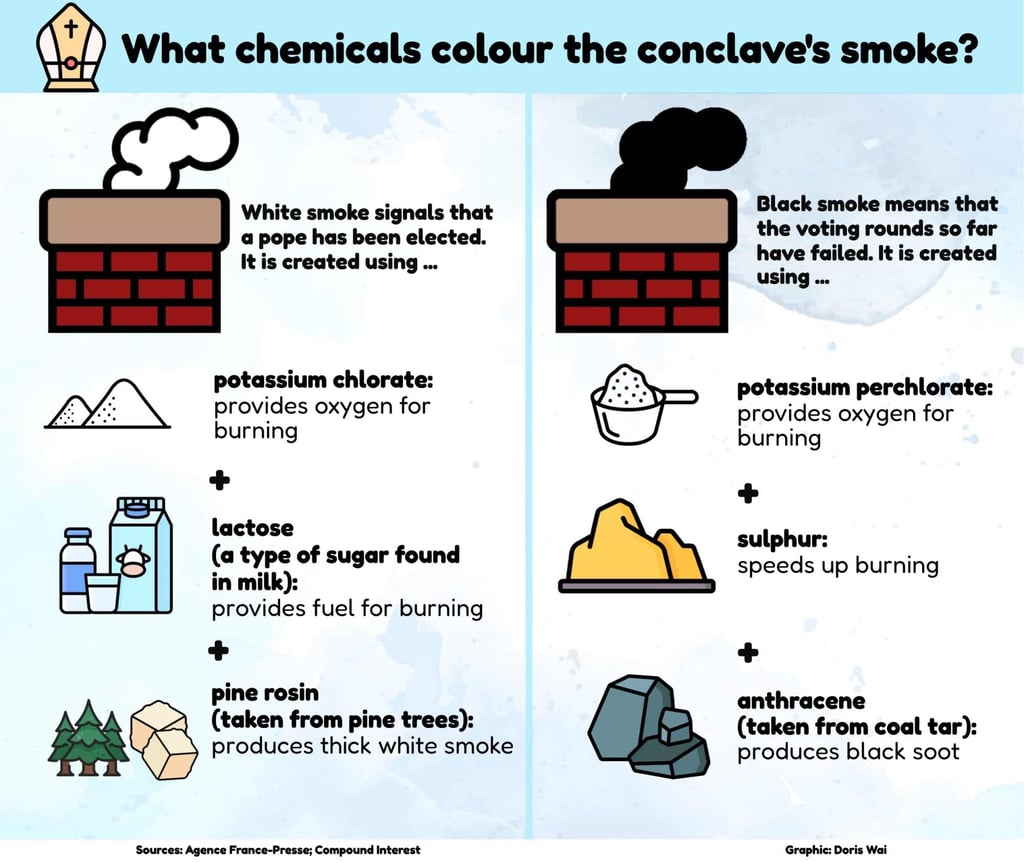
What colours the smoke that signals if a new pope has been chosen?
Learn why coloured smoke is used to show when the new leader of the church is chosen and how it is made



Difficulty: Challenger (Level 2)
On May 8, Robert Francis Cardinal Prevost became Pope Leo, the new head of the Catholic Church. He was elected in a “conclave”, a special meeting of church leaders called cardinals.
How does a conclave work?
When the cardinals vote, they burn their ballots and send up smoke to signal their decision: white smoke to show they have chosen a new pope and black smoke if they have not decided.
The tradition of burning the cardinals’ paper ballots dates back to the 15th century.
It was originally used to prevent dishonesty or cheating, but over time, it became a signal. For centuries, it meant the vote was not successful.
The first time white smoke was used to signal the election of a pope was at the 1914 conclave.
Burning the ballots
In the past, voting papers would be burned with tar or pitch – a sticky, gummy, black or dark brown substance – to get black smoke. For white smoke, papers would be burned with wet straw.
The cast-iron stove where cardinals burn their ballots was first used in the 1939 conclave.
It is around one metre tall and has the dates of previous conclaves engraved on it.
The Vatican added a second stove in 2005. It is connected to a small pipe that goes into the same chimney.
Different chemicals are used to change the colour of the smoke (see graphic).
And from 2005, the bells of St Peter’s Basilica also ring to announce that there is a new pope, just in case the white smoke looks grey.
